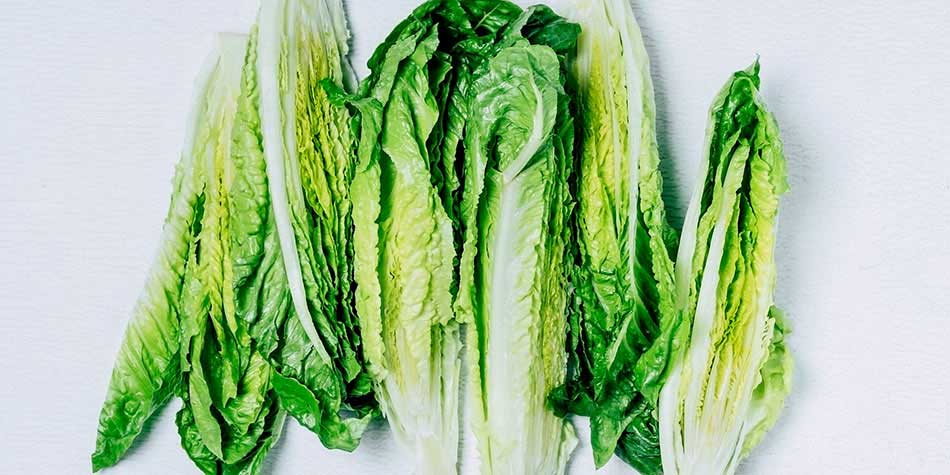
The number of illnesses linked to Arizona romaine lettuce tainted with E. coli has risen to 121.
The U.S. Centers for Disease Control and Prevention (CDC) said three more states – Kentucky, Massachusetts and Utah – have been hit by the outbreak, bringing the total number of affected states to 25.
"We have many lines of evidence suggesting to us right now that all of these illnesses are connected in some way through romaine grown in the Yuma region [of Arizona]," Matthew Wise, the CDC deputy branch chief for Outbreak Response, said during a Friday news briefing.
More hospitalizations than usual
Infections have been tied to the E. coli O157:H7 strain and illnesses have often been severe. Of the 102 patients the CDC has good information on, 52 have required hospitalization, including 14 people who developed a dangerous form of kidney failure called hemolytic uremic syndrome, the agency noted.
"This is a higher hospitalization rate than usual for E. coli O157:H7 infections, which is usually around 30 percent," the agency said. "Health officials are working to determine why this strain is causing a higher percentage of hospitalizations."
One death was reported from California.
CDC warns against eating romaine lettuce
On April 20, the CDC warned Americans to toss out any romaine lettuce they might have bought in stores. The agency expanded its warning from just chopped romaine to any and all forms of the lettuce – whole romaine, romaine in mixed salads, etc.
The sweeping advisory came after information tied to some new illnesses prompted health officials to caution against eating all kinds of romaine lettuce that came from Yuma, where the outbreak began.
The agency also warned restaurants not to serve romaine lettuce to customers.
And while the tainted romaine lettuce is thought to have originated from the Yuma region, "product labels often do not identify growing regions; so throw out any romaine lettuce if you're uncertain about where it was grown," the agency said in its warning.
So far, illnesses include 20 cases in Pennsylvania, 24 cases in California, 11 in Idaho, eight cases each in Alaska, Arizona and Montana, seven in New Jersey, six cases in Washington, four cases each in Michigan and Georgia, three cases in Ohio, two cases each in Colorado, Connecticut, New York and Massachusetts, and a single case each in Illinois, Louisiana, Mississippi, Missouri, South Dakota, Tennessee, Virginia, Wisconsin, Kentucky and Utah.
Romaine known to be grown in coastal and central California, Florida and central Mexico is not at risk, according to the Produce Marketing Association.
Genetic testing shows that the E.coli strain involved in the outbreak produces a specific type of "Shiga toxin" that causes more severe illness, Wise explained.
This is the biggest Shiga-toxin producing E.coli outbreak since a 2006 outbreak linked to spinach grown in the Salinas Valley in California, Wise said.
In that case, the contamination was traced to a nearby stream half a mile down from a cattle pasture. "The cattle wandered into the stream at liberty, and the strain was found on the pasture land as well," Harris said. "There also were wild pigs running back and forth."
Recognizing E. coli symptoms
The CDC stressed that E. coli illness can be very serious, even deadly.
Usually, illness sets in "an average of three to four days after swallowing the germ. Most people get diarrhea [often bloody], severe stomach cramps and vomiting," according to the CDC.
For most, recovery will occur within a week, but more severe cases last longer.
"Talk to your doctor if you have symptoms of an E. coli infection and report your illness to your local health department," the agency said.
More information
Find out more about E. coli illness at foodsafety.gov.
$webqFacilityNumber
Need a Physician?